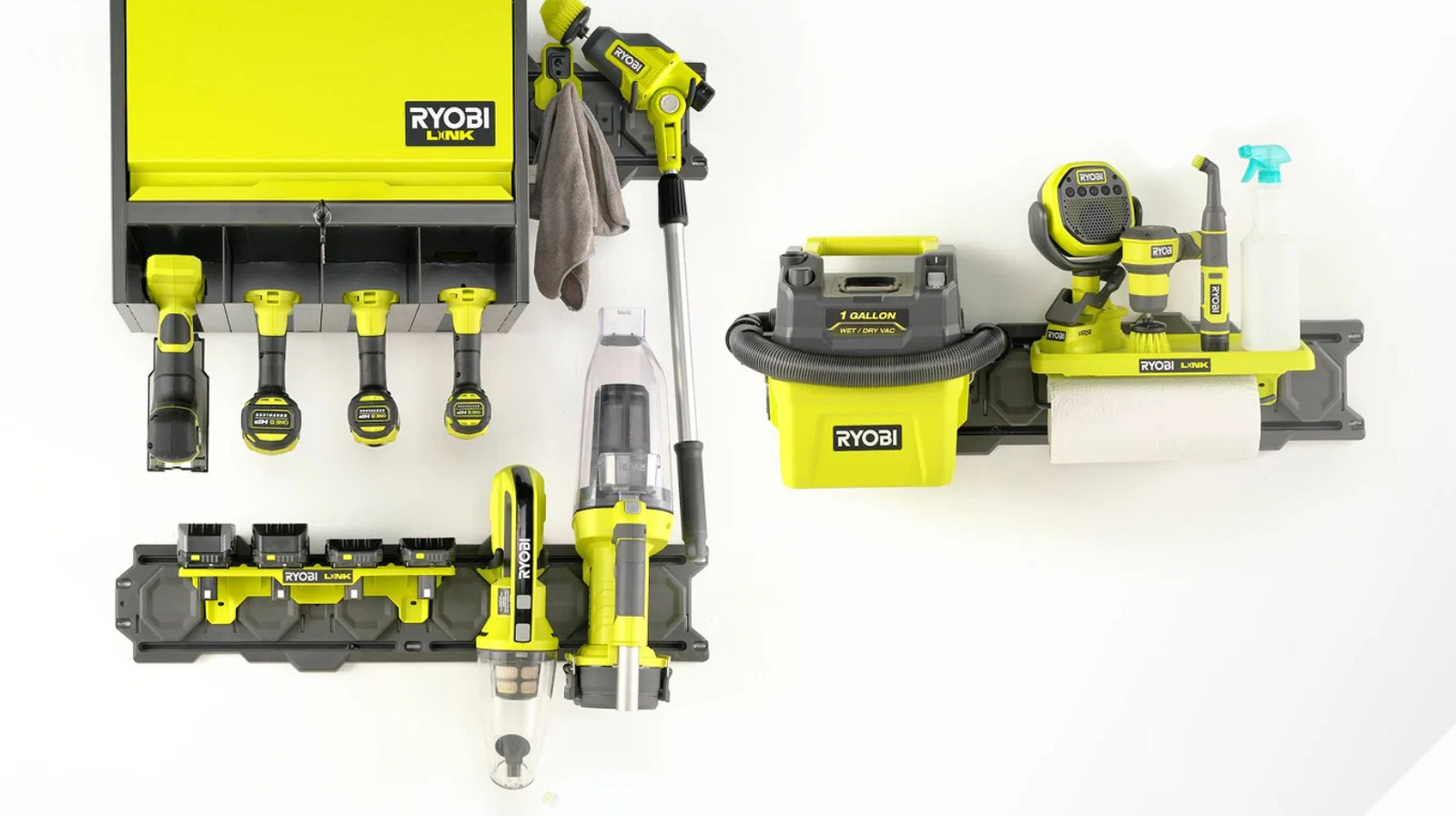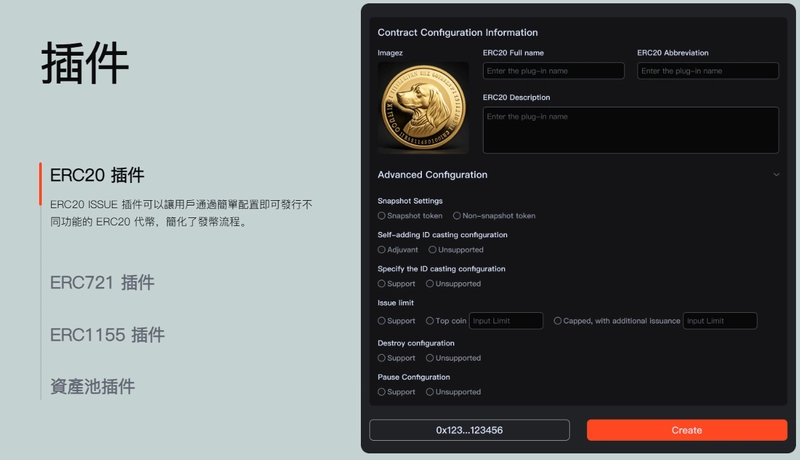Building a Scalable Data Architecture with Apache Tools: A Free and Open-Source Solution
In today's data-driven world, organizations need a robust and scalable data architecture to handle large volumes of data. Apache offers a suite of free and open-source tools that can help build a comprehensive data architecture. In this article, we'll explore how to build a scalable data architecture using Apache tools, highlighting the benefits of using free and open-source software. Technology Here's a brief overview of the technologies used in this architecture: 1. Apache NiFi: A data integration tool that ingests data from various sources and writes it to destinations like HDFS and Kafka. NiFi provides a scalable and flexible way to manage data flows. 2. Apache Kafka: A distributed streaming platform that handles high-throughput and provides low-latency, fault-tolerant, and scalable data processing. Kafka is ideal for real-time data processing and event-driven architectures. 3. Apache Flink: A unified analytics and event-driven processing engine that provides real-time processing capabilities. Flink is designed for high-performance and scalability. 4. Apache Spark: A unified analytics engine that provides high-level APIs in Java, Python, and Scala for large-scale data processing. Spark is ideal for batch processing and machine learning. 5. Apache Iceberg: A table format that provides a scalable and efficient way to manage large datasets. Iceberg supports ACID transactions and is designed for big data analytics. 6. Apache Airflow: A workflow management platform that schedules and manages workflows. Airflow provides a flexible way to manage dependencies and monitor workflows. 7. Apache Superset: A business intelligence web application that provides data visualization capabilities. Superset supports a variety of data sources and provides an intuitive interface for users. Architecture Our data architecture will consist of the following components: 1. Data Ingestion: Apache NiFi will be used to ingest data from various sources, such as logs, APIs, and databases. 2. Real-time Processing: Apache Kafka will stream data to Apache Flink for real-time processing. 3. Batch Processing: Apache Spark will be used for batch processing of large datasets. 4. Data Storage: Apache Iceberg will be used to store processed data in a scalable and efficient table format. 5. Data Querying: Apache Spark and Apache Superset will be used to query data stored in Apache Iceberg. 6. Workflow Management: Apache Airflow will be used to schedule and manage workflows. How it Works Here's an overview of how the architecture works: Data is ingested into Apache NiFi from various sources. NiFi writes data to Apache Kafka for real-time processing and Apache HDFS for batch processing. Apache Kafka streams data to Apache Flink for real-time processing. Flink processes data in real-time and writes processed data to Apache Iceberg. Apache Spark reads data from Apache HDFS, applies transformations and aggregations, and writes processed data to Apache Iceberg. Apache Spark and Apache Superset query data stored in Apache Iceberg. Apache Airflow schedules and manages workflows, ensuring that data is processed and queried efficiently. Benefits The benefits of this architecture include: 1. Scalability: The architecture is designed to handle large volumes of data and scale horizontally. 2. Real-time Processing: Apache Kafka and Apache Flink enable real-time processing and analysis of data. 3. Batch Processing: Apache Spark enables batch processing of large datasets. 4. Data Visualization: Apache Superset provides data visualization capabilities, enabling users to gain insights into their data. 5. Free and Open-Source: All the tools used in this architecture are free and open-source, reducing costs and increasing flexibility. Cost The cost of this architecture? Zero. That's right, all the tools used in this architecture are free and open-source. You can download, use, and modify them without any licensing fees or costs. Apache offers a suite of powerful tools that can be used to build a scalable and efficient data architecture. By leveraging Apache NiFi, Apache Kafka, Apache Flink, Apache Spark, Apache Iceberg, Apache Airflow, and Apache Superset, organizations can build a comprehensive data architecture that supports both real-time and batch processing, as well as data querying and visualization. And the best part? All these tools are free and open-source, making it an attractive solution for organizations looking to reduce costs and increase flexibility. Soon I will be starting a project on this architecture.

In today's data-driven world, organizations need a robust and scalable data architecture to handle large volumes of data. Apache offers a suite of free and open-source tools that can help build a comprehensive data architecture. In this article, we'll explore how to build a scalable data architecture using Apache tools, highlighting the benefits of using free and open-source software.
Technology
Here's a brief overview of the technologies used in this architecture:
1. Apache NiFi: A data integration tool that ingests data from various sources and writes it to destinations like HDFS and Kafka. NiFi provides a scalable and flexible way to manage data flows.
2. Apache Kafka: A distributed streaming platform that handles high-throughput and provides low-latency, fault-tolerant, and scalable data processing. Kafka is ideal for real-time data processing and event-driven architectures.
3. Apache Flink: A unified analytics and event-driven processing engine that provides real-time processing capabilities. Flink is designed for high-performance and scalability.
4. Apache Spark: A unified analytics engine that provides high-level APIs in Java, Python, and Scala for large-scale data processing. Spark is ideal for batch processing and machine learning.
5. Apache Iceberg: A table format that provides a scalable and efficient way to manage large datasets. Iceberg supports ACID transactions and is designed for big data analytics.
6. Apache Airflow: A workflow management platform that schedules and manages workflows. Airflow provides a flexible way to manage dependencies and monitor workflows.
7. Apache Superset: A business intelligence web application that provides data visualization capabilities. Superset supports a variety of data sources and provides an intuitive interface for users.
Architecture
Our data architecture will consist of the following components:
1. Data Ingestion: Apache NiFi will be used to ingest data from various sources, such as logs, APIs, and databases.
2. Real-time Processing: Apache Kafka will stream data to Apache Flink for real-time processing.
3. Batch Processing: Apache Spark will be used for batch processing of large datasets.
4. Data Storage: Apache Iceberg will be used to store processed data in a scalable and efficient table format.
5. Data Querying: Apache Spark and Apache Superset will be used to query data stored in Apache Iceberg.
6. Workflow Management: Apache Airflow will be used to schedule and manage workflows.
How it Works
Here's an overview of how the architecture works:
- Data is ingested into Apache NiFi from various sources.
- NiFi writes data to Apache Kafka for real-time processing and Apache HDFS for batch processing.
- Apache Kafka streams data to Apache Flink for real-time processing.
- Flink processes data in real-time and writes processed data to Apache Iceberg.
- Apache Spark reads data from Apache HDFS, applies transformations and aggregations, and writes processed data to Apache Iceberg.
- Apache Spark and Apache Superset query data stored in Apache Iceberg.
- Apache Airflow schedules and manages workflows, ensuring that data is processed and queried efficiently.
Benefits
The benefits of this architecture include:
1. Scalability: The architecture is designed to handle large volumes of data and scale horizontally.
2. Real-time Processing: Apache Kafka and Apache Flink enable real-time processing and analysis of data.
3. Batch Processing: Apache Spark enables batch processing of large datasets.
4. Data Visualization: Apache Superset provides data visualization capabilities, enabling users to gain insights into their data.
5. Free and Open-Source: All the tools used in this architecture are free and open-source, reducing costs and increasing flexibility.
Cost
The cost of this architecture? Zero. That's right, all the tools used in this architecture are free and open-source. You can download, use, and modify them without any licensing fees or costs.
Apache offers a suite of powerful tools that can be used to build a scalable and efficient data architecture. By leveraging Apache NiFi, Apache Kafka, Apache Flink, Apache Spark, Apache Iceberg, Apache Airflow, and Apache Superset, organizations can build a comprehensive data architecture that supports both real-time and batch processing, as well as data querying and visualization. And the best part? All these tools are free and open-source, making it an attractive solution for organizations looking to reduce costs and increase flexibility.
Soon I will be starting a project on this architecture.


.jpg)

























![[Webinar] AI Is Already Inside Your SaaS Stack — Learn How to Prevent the Next Silent Breach](https://blogger.googleusercontent.com/img/b/R29vZ2xl/AVvXsEiOWn65wd33dg2uO99NrtKbpYLfcepwOLidQDMls0HXKlA91k6HURluRA4WXgJRAZldEe1VReMQZyyYt1PgnoAn5JPpILsWlXIzmrBSs_TBoyPwO7hZrWouBg2-O3mdeoeSGY-l9_bsZB7vbpKjTSvG93zNytjxgTaMPqo9iq9Z5pGa05CJOs9uXpwHFT4/s1600/ai-cyber.jpg?#)












































































































































![[The AI Show Episode 144]: ChatGPT’s New Memory, Shopify CEO’s Leaked “AI First” Memo, Google Cloud Next Releases, o3 and o4-mini Coming Soon & Llama 4’s Rocky Launch](https://www.marketingaiinstitute.com/hubfs/ep%20144%20cover.png)





























































































































![[FREE EBOOKS] Machine Learning Hero, AI-Assisted Programming for Web and Machine Learning & Four More Best Selling Titles](https://www.javacodegeeks.com/wp-content/uploads/2012/12/jcg-logo.jpg)








































































![Rogue Company Elite tier list of best characters [April 2025]](https://media.pocketgamer.com/artwork/na-33136-1657102075/rogue-company-ios-android-tier-cover.jpg?#)








































































_Andreas_Prott_Alamy.jpg?width=1280&auto=webp&quality=80&disable=upscale#)






























































































![What’s new in Android’s April 2025 Google System Updates [U: 4/18]](https://i0.wp.com/9to5google.com/wp-content/uploads/sites/4/2025/01/google-play-services-3.jpg?resize=1200%2C628&quality=82&strip=all&ssl=1)










![Apple Watch Series 10 Back On Sale for $299! [Lowest Price Ever]](https://www.iclarified.com/images/news/96657/96657/96657-640.jpg)
![EU Postpones Apple App Store Fines Amid Tariff Negotiations [Report]](https://www.iclarified.com/images/news/97068/97068/97068-640.jpg)
![Apple Slips to Fifth in China's Smartphone Market with 9% Decline [Report]](https://www.iclarified.com/images/news/97065/97065/97065-640.jpg)
































































































































